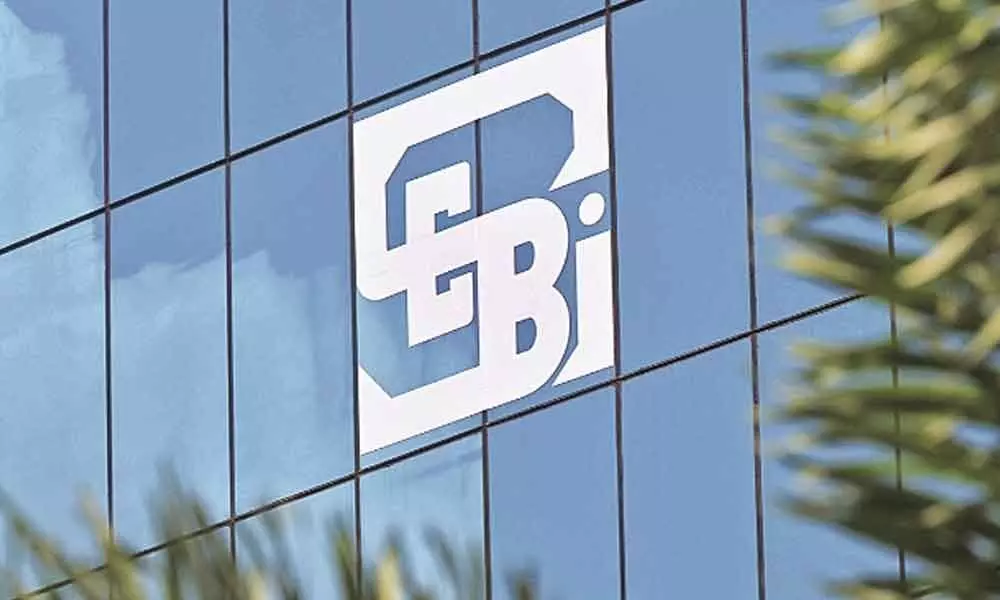SEBI board sets higher voting threshold for appointment of IDs
image for illustrative purpose

In its board meeting, which was held today through video conferencing, the capital market regulator, SEBI (Securities and Exchange Board of India) has set higher voting threshold for appointment of Independent Directors (IDs).
Also, it reviewed Regulatory provisions related to Independent Directors during the meeting.
The Board approved amendments to Securities and Exchange Board of India (Listing Obligations and Disclosure Requirements) Regulations, 2015 (LODR Regulations) pertaining to regulatory provisions related to Independent Directors (IDs).
Appointment/Re-appointment and Removal of IDs shall be through a special resolution of shareholders for all listed entities. The process to be followed by Nomination and Remuneration Committee (NRC), while selecting candidates for appointment as IDs, has been elaborated and made more transparent including enhanced disclosures regarding the skills required for appointment as an ID and how the proposed candidate fits into that skillset, a SEBI statement said.
The composition of NRC has been modified to include 2/3rd IDs instead of existing requirement of majority of IDs. Shareholder approval for appointment of all directors including IDs shall be taken at the next general meeting, or within three months of the appointment on the Board, whichever is earlier.
Coming on Eligibility requirement, a cooling off period of three years has been introduced for Key Managerial Personnel (and their relatives) or employees of the promoter group companies, for appointment as an ID.
Relatives of employees of the company, its holding, subsidiary or associate company have been permitted to become IDs, without the requirement of a cooling off period, in line with Companies Act, 2013.
The entire resignation letter of an ID shall be disclosed along with a list of her/his present directorships and membership in board committees.
A cooling off period of one year has been introduced for an ID transitioning to a whole-time director in the same company/holding/subsidiary/associate company or any company belonging to the promoter group.
At least 2/3rdof the members of the audit committee shall be independent directors and all related party transactions shall be approved by only Independent Directors on the Audit Committee.
Commenting on SEBI Board Meeting Outcome, Anand Lakra, Partner, J Sagar Associates, said, "By introducing a higher voting threshold for appointment of IDs, from 50 per cent to 75 per cent, public shareholders would play an important part in companies with low promoter stake. A more public shareholder friendly approach would have been to introduce the requirement of seeking majority of public shareholder vote for appointment of IDs which was articulated in the discussion paper. Additionally, two key positive changes approved are the reduction of time a person can act as an ID before she comes up for shareholder vote and the concept of cooling off period for IDs that have resigned as well as for appointment."
Many more decisions were taken during the meeting. Issuers, other than unlisted REITs and InvITs who are in existence for less than 3 years, have been facilitated to tap the bond market, provided issuance of their debt securities is made only on a private placement basis. Also, the issue is made on the EBP platform irrespective of the issue size and the issue is open for subscription only to QIBs.
This will enable Special Purpose Vehicles created for specific infrastructure purposes/NBFCs/listed REITs/listed InvITs and other companies who propose to list debt securities purely on private placement basis but who do not have a three-year existence history, to list their debt securities issued on private placement basis, while, all other requirements under the proposed NCS Regulations and operating stipulations of the EBP mechanism shall continue to apply to such issuers.
Parameters for identification of risk factors have been introduced to assist issuers in disclosing pertinent risk factors on risks intrinsic to the issuer as well as the instrument, other risk factors which may have an impact on the issue.
The requirement to have a minimum rating of AA for a public issuance of NCRPS has been done away with in requirement as is the case for a public issue of debt securities.
The requirement of a minimum tenure of three years for a public issuance of NCRPS has been removed thus providing flexibility to the issuers to structure their issuance as per their resource requirement and raise funds through an issue of NCRPS. This is also in line with the present requirement pertaining to debt securities.
To enable issuers to raise funds quickly without filing a separate prospectus each time, the restriction of not more than four issuances of debt securities in a year through a single shelf prospectus has been done away with.
The option for call and put has been introduced in case of debt securities issued on private placement basis. This will provide greater flexibility to the issuers and investors of debt securities and NCRPS as well.

